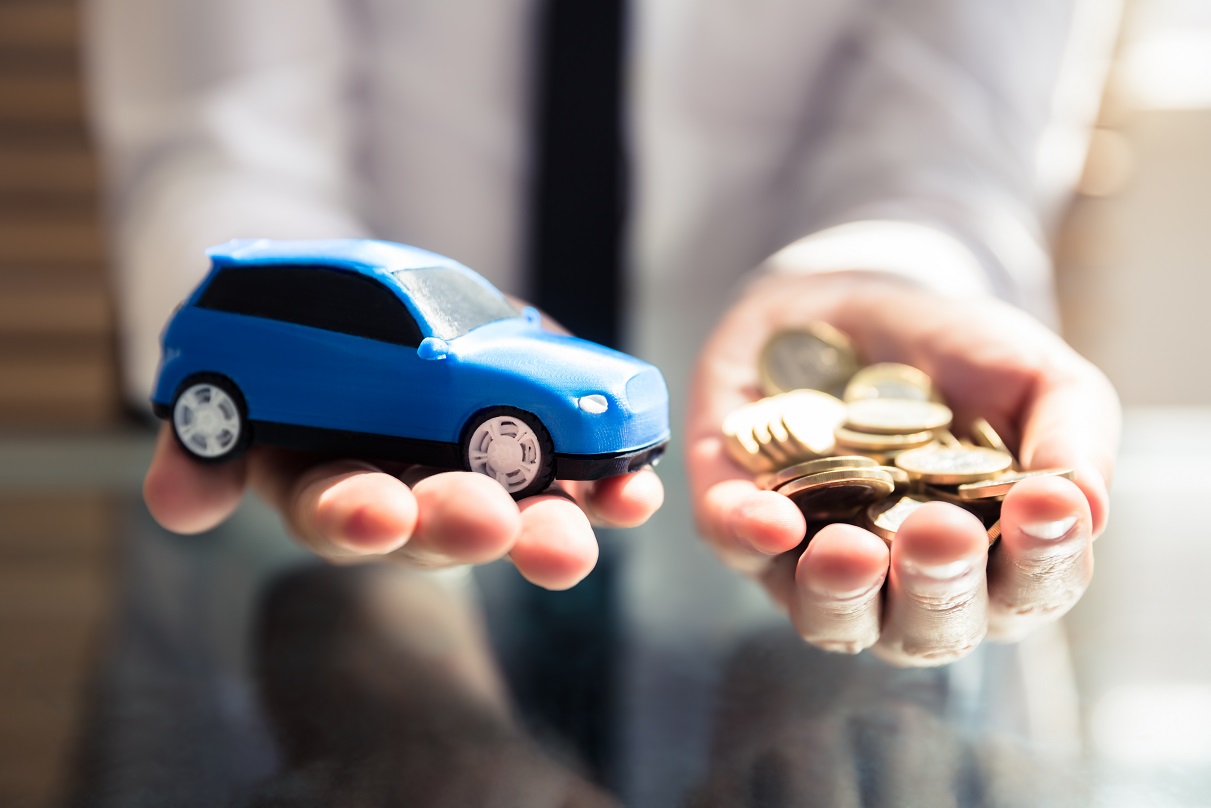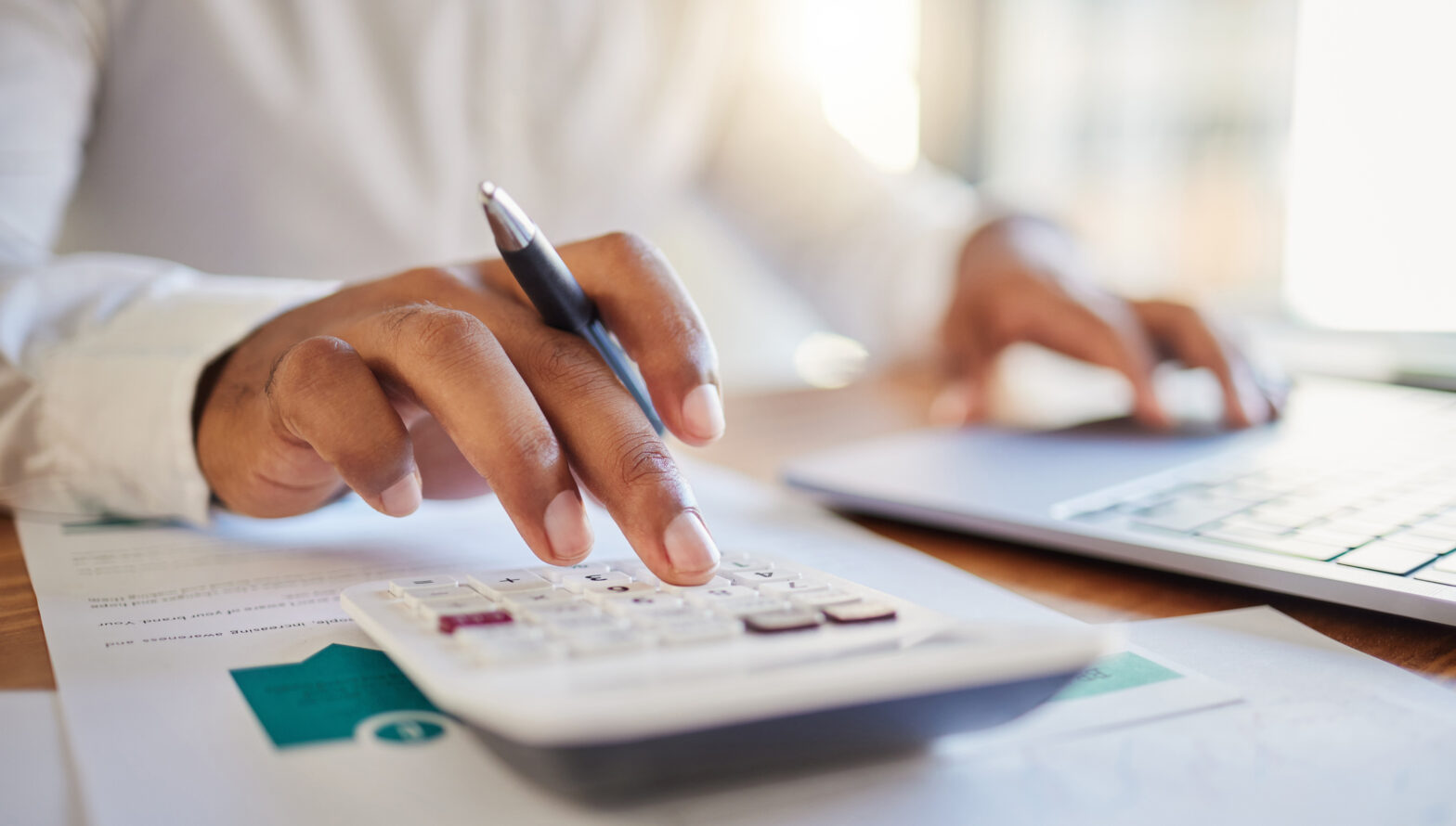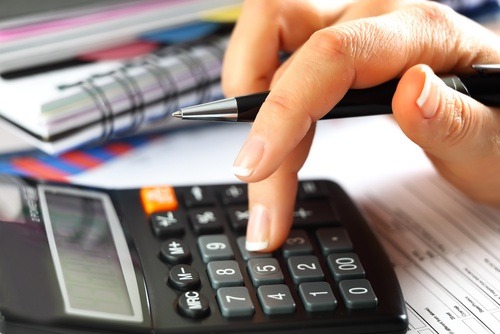Question:
I am in business as a sole trader and need to purchase a new vehicle. Although I have the funds to purchase one outright, I want to buy the vehicle in the most tax efficient way. Please can you advise what would be the best option. In particular, if I choose to get a vehicle using a PCP, can I treat the entire monthly payment as an expense to reduce profit and hence tax?
Answer:
As a sole trader you have two different options for how you treat any car used in the business. You can either claim ‘simplified mileage expenses’ or claim the actual costs of business usage of the vehicle.
Simplified mileage expenses
As the name suggests this is a straightforward method of claiming for the cost of usage of the vehicle. You can claim 45p per mile of business usage for the first 10,000 miles in any year, and 25p per mile thereafter. It’s worth noting that business mileage excludes travel from home to your usual place of work. Records should be kept documenting the amount of mileage being claimed.
Related: Mileage allowance in the UK – what is it and how does it work?
The 45p per mile rate is intended to compensate you for more than the cost of fuel for the journeys involved, with an element of the rate designed to cover general running costs and depreciation of the vehicle.
This rate can be claimed irrespective of whether you purchase the vehicle outright, or lease it under a contract hire, PCP or hire purchase agreement.
Claim the actual cost of business usage
If you wish to consider claiming actual costs, there are some more complicated options, and the method of purchase/leasing the vehicle makes a difference to the tax treatment.
For general running costs such as fuel and servicing you will be able to claim a percentage of your costs based on how much the vehicle is used for business purposes. Again, travel from home to your usual place of work doesn’t qualify as business usage. Records of usage of the vehicle should be maintained to support the percentage claimed.
How you claim for the cost of the vehicle itself depends on the method of ownership.
Outright purchase
If you purchase the car outright, tax relief can be obtained under the capital allowances regime. This allows you to claim a portion of the vehicle’s cost as a tax deduction each year. Again, the amount claimed must be reduced to allow for any non-business usage of the vehicle.
The rate at which capital allowances can be claimed is determined by the C02 emissions of the vehicle.
If you purchase a car with CO2 emissions over 50g/km, which would capture most non-hybrid internal combustion engine cars, then capital allowances can be claimed at a rate of 6 per cent a year, on a reducing balance basis, before adjustment for non-business usage. A purchase of a car for £30,000 would give rise to a maximum deduction of £1,800 in year one. If the car was used 50 per cent for business purposes the tax deduction would be reduce to £900. The tax deduction in subsequent years reduces as the amount claimed is deducted from the cost before claiming the allowance in subsequent year. In year two, for example, the deduction would be £846 (£30,000-£1,800 = £28,200 x 6 per cent x 50 per cent).
If the car emits less than 50g/km then a more generous rate of capital allowances of 18 per cent a year is available. A £30,000 car used 50 per cent for business purposes would, therefore, generate a year one tax deduction of £2,700. If the vehicle in question is a van it will also usually qualify for the 18 per cent rate, although, temporarily, for a purchase up to March 31, 2023 a van would qualify for the ‘super-deduction’ of 130 per cent of the cost (again subject to reduction for personal usage).
>See also: Super-deduction tax break – what is it and how does it work?
For cars, rather than vans, the most generous capital allowance regime is reserved for full electric vehicles. A purchase of a new electric vehicle attracts a 100 per cent capital allowance rate. This still needs to be abated for non-business usage, so a car with the same cost of £30,000, used 50 per cent for business, would generate a tax deduction of £15,000. Second hand electric vehicles don’t qualify, instead attracting an 18 per cent rate.
Hire purchase
A ‘traditional’ hire purchase contract will be treated, for tax purposes, in the same way as an outright purchase, as outlined above. The tax deduction will not be calculated based on the payments made each month, but on the total value of the vehicle and its CO2 emissions.
Contract hire
Leasing a vehicle under a contract hire arrangement will allow a deduction for a proportion of the total lease payments. The amount that can be deducted depends upon the amount of business usage and the CO2 emissions of the vehicle.
If the CO2 emission are less than 50g/km then you will be able to claim a percentage of the total lease costs based on the amount of business usage of the vehicle.
However, if the vehicle emits over 50g/km of CO2 then there needs to be a further reduction of 15 per cent when calculating the amount of tax deduction that can be claimed.
Personal Contract Purchase (PCP)
The treatment of PCP contracts is less clear, as it will depend on the terms of the agreement. If the nature of the agreement is such that you will almost certainly take ownership of the vehicle at the end of the term (e.g. where the final balloon payment is well below market value) then it’s likely that the vehicle will be treated in the same way as it would be under a hire purchase agreement.
However, the majority of PCP agreements provide for a final balloon payment which approximates to the expected market value of the vehicle. In that case the lease would likely be treated in the same way as a normal contract hire agreement.
Conclusions
There are a lot of things to consider when purchasing a new vehicle and the most tax efficient and overall cost-effective method of ownership will not be the same for everyone.
You will need to consider whether the vehicle needs to be a van or a car. You also need to decide whether an electric vehicle will meet your needs as the tax treatment is significantly more attractive.
A detailed analysis of the expected costs of purchase and ownership along with the expected proportion of business usage would be needed to then determine the best way forward.
Jamie Wooldridge is audit and business advisory director at Mercer & Hole.
Read more
Company car insurance rules – Advice for owner-directors of a small business.





